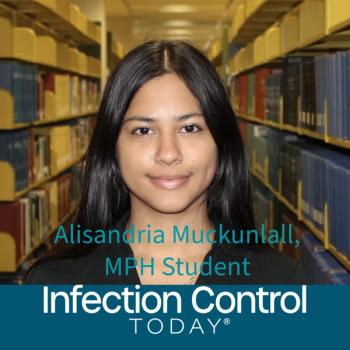
CDC Issues Instruction on Potential for Transmission of Infectious Diseases in Hurricane-Afflicted Areas
According to the Centers for Disease Control and Prevention (CDC), although infectious diseases are a frightening prospect, widespread outbreaks of infectious disease after hurricanes are not common in the United States. Rare and deadly exotic diseases, such as cholera or typhoid, do not suddenly break out after hurricanes and floods in areas where such diseases do not naturally occur.
Communicable disease outbreaks of diarrhea and respiratory illness can occur when water and sewage systems are not working and personal hygiene is hard to maintain as a result of a disaster. However, no disease outbreaks have been reported as of Sept. 3, 2005, in areas affected by Hurricane Katrina.
The CDC also emphasizes:
-- Decaying bodies create very little risk for major disease outbreaks.
-- Outbreaks of infectious diseases following hurricanes are rare in developed countries (such as the United States) and only slightly more common in the developing world.
-- Numbers of short-term, self-limiting gastrointestinal illnesses and respiratory infections sometimes increase in developed countries. However, numbers of communicable diseases (including gastrointestinal and respiratory illnesses as well as cholera and typhoid) more typically do not increase in either developed or developing countries.
-- Unless a disease is brought into a disaster area from elsewhere, any outbreaks that occur are almost always from diseases that were already in the disaster-affected area before the disaster struck.
--Because cholera and typhoid are not commonly found in the U.S. gulf states area, it is very unlikely that they would occur after Hurricane Katrina.
-- Communicable disease outbreaks can occur when sanitation and hygiene are compromised as a result of a disaster.
As has been the case in past hurricanes, the U.S. Department of Health and Human Services quickly sets up tracking systems that monitor illnesses in hurricane-affected areas. In the unlikely event that a disease outbreak occurs, these systems provide an early warning that enables a prompt public-health response.
Source: CDC
Newsletter
Stay prepared and protected with Infection Control Today's newsletter, delivering essential updates, best practices, and expert insights for infection preventionists.






